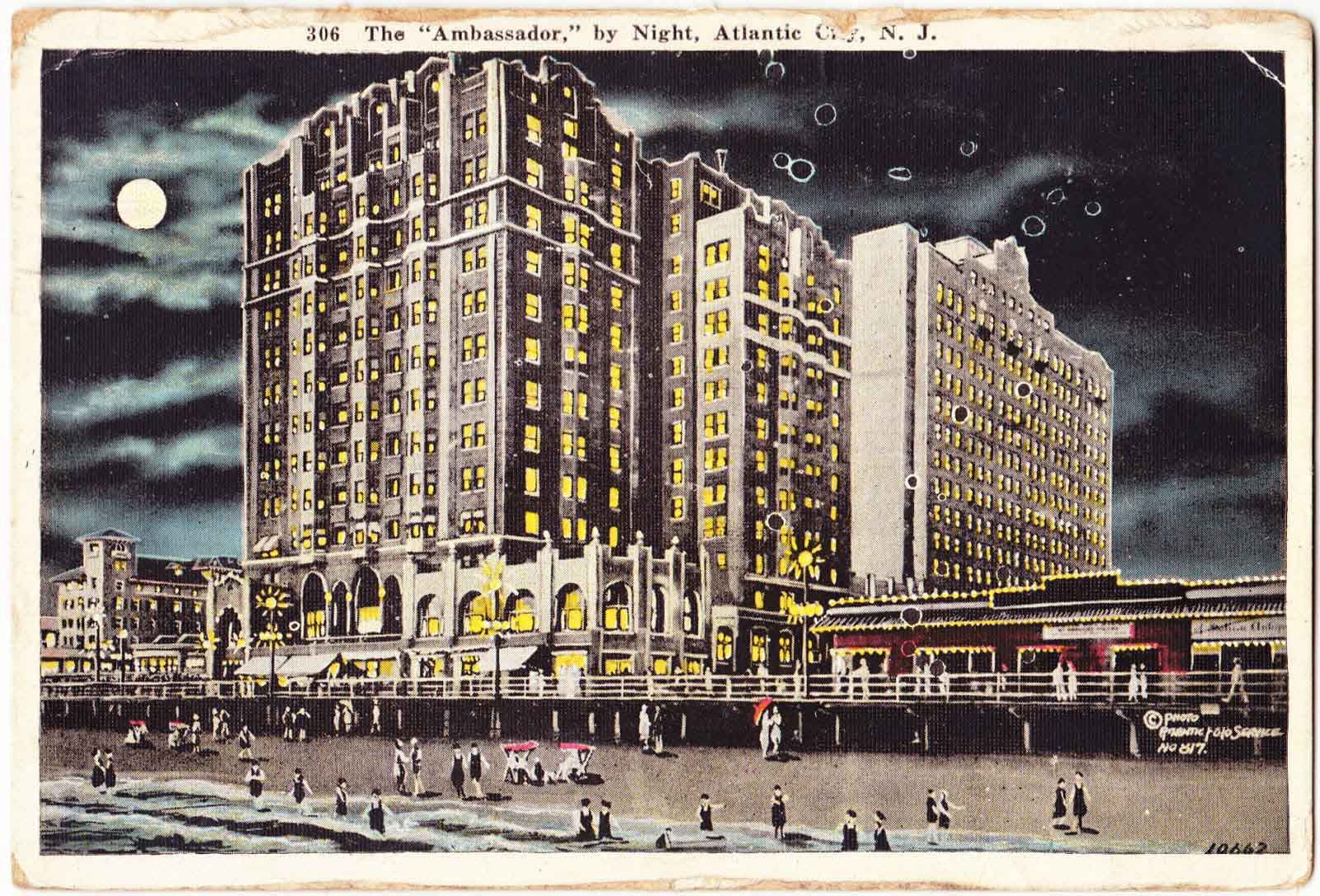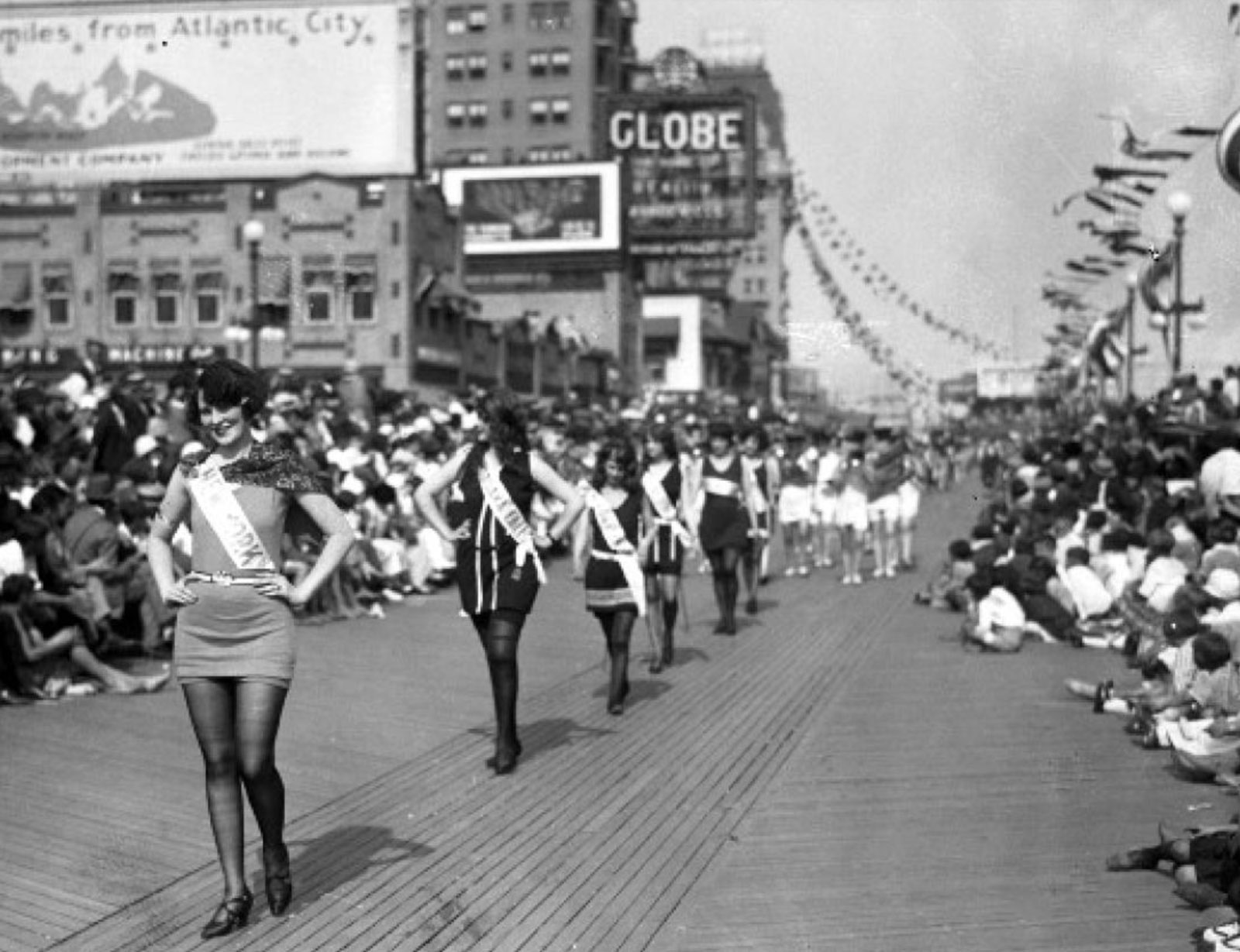
Why is Snoop Dogg working to bring Atlantic City’s golden age back?
The word’s out – Snoop Dogg is going to Atlantic City! So said AC Mayor Marty Small.
“I just wanted to get acquainted with you (and) let you hear it from me face to face,” Snoop told Mayor Marty Small in a recorded call Small posted on Facebook. “We will be coming to a city near you.” While a lot more discussions will be made, Small said the news highlights the things he has been working toward.

Driving development
Mayor Small has been working to spark the interest of investor Cesar Pina of Flipping NJ, who facilitated the call between Snoop and the mayor, and fellow developer DJ Envy for a while. The mayor has even appeared on DJ Envy’s popular radio show the Breakfast Club.
“As mayor, not only do I deal with City Hall, but I’m the official ambassador of the city,” he said. “This is what it’s all about; being connected, bringing different resources to the table. It opens up for other things.”

Well wishes
The rapper also wished Small well on his new term, saying he knows he’ll win the election. Talks will continue, Small said. But for now, he was excited to share the news. “It truly was a great day in the city of Atlantic City,” Small said, enlisting what has become his mantra. “The fact that (Snoop Dogg) showed interest in Atlantic City is major. There’s no other way to slice it.”
An investment from Snoop Dogg may help Atlantic City regain some of its former glory as a resort town. Also, it’s reputation for being the raucous, rambunctious, and irresistible tourist attraction known as The World’s Playground.

Hot town history
In the 1920s, tourism peaked in this coastal city. When Prohibition was enacted nationally in 1919, which lasted until 1933, Atlantic City was a hotbed for drinking and gambling in the back rooms of night clubs and restaurants. Prohibition was generally unenforced in Atlantic City and because alcohol smuggled into the city could easily be obtained, the city grew even more.
It was during Prohibition that the mob boss Enoch “Nucky” Johnson came to power. Nucky Johnson’s income, around $500,000 ($7.2 million) annually, came largely from illegal liquor distribution, gambling, and prostitution.

Building the Boardwalk
Surprisingly the Atlantic City Boardwalk – the most famous walkway on the East Coast – wasn’t built to be anything more than a way to keep sand out of the ritzy beachfront hotels and the Camden & Atlantic railroad passenger cars.
A fed-up railroad conductor & hotel owner first petitioned to the city council in 1870, asking that a mile-long footwalk be established. Ten years later, vacationers had splintered the Boardwalk, so the city council built a new one, this time four feet wider and much longer.
Stormy start
The go-ahead was then given for commerce to get closer than thirty feet, ten to be exact. By 1883, this ordinance was “tossed to sea” and almost one hundred stores, stalls & stands had Boardwalk addresses.
A storm in 1884 caused a third boardwalk to be built, pilings five feet above the beach so the tides could wash beneath safely. In 1889, a hurricane brought about a new, improved, and almost final Boardwalk. It was all about bigger and better with this one, twenty-four feet wide, ten feet high, nearly four miles long, with railings on both sides.

Popular improvements
Its popularity and large crowds demanded some small improvements & expansion in 1896. The year 1916 saw the design of the present herringbone board pattern, supportive steel pilings, and forty-foot steel beams, making it the Atlantic City Boardwalk it is today.
By the early 1900s, the Boardwalk had replaced the ocean as Atlantic City’s greatest and most romantic attraction. It had the strollers, the rolling chairs, the bathers, and the lovers.








